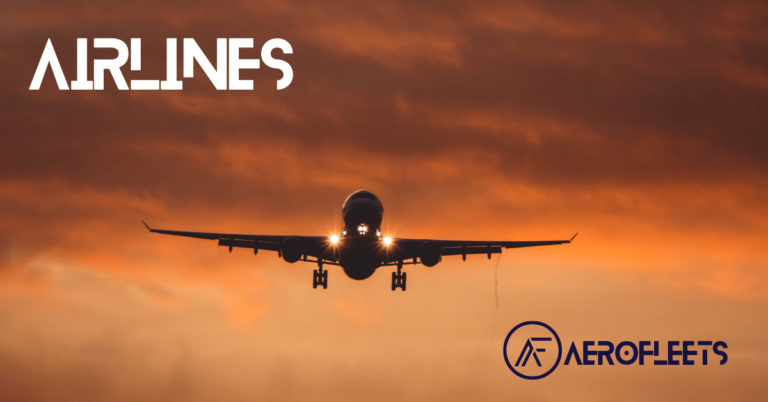Avianca is one of the oldest and most respected airlines in South America. It was founded in 1919 by German immigrant, Werner Kaempffert, and is still in operation today. Avianca’s long history of innovation and expansion has made it one of the most successful airlines in South America and its international presence is growing. This article explores the history and strategies of Avianca and how it has grown to become one of the leading airlines in its region.
Introduction to Avianca
Avianca is a South American airline that was founded in 1919 by German immigrant, Werner Kaempffert. The airline has its headquarters in Bogota, Colombia, and is the second-largest airline in Latin America. It operates in 28 countries across the Latin American region and is a member of the Star Alliance. Avianca is renowned for its commitment to safety, customer service, and innovation.
Avianca’s Early History
Avianca began operations in 1919 with a single aircraft, a Junkers F13. The airline’s first flight was from Barranquilla to Puerto Berrio, in Colombia. In the decades that followed, Avianca went through several ownership changes and was eventually acquired by the Colombian government. During this time, Avianca expanded its fleet and routes, becoming the largest airline in South America.
Expansion and Growth in the 1930s
In the 1930s, Avianca began offering international flights to Europe and the United States. This marked the beginning of its global reach and the airline quickly became one of the most expansive airlines in Latin America. The airline also opened up new routes throughout South America, greatly increasing its presence in the region.
Avianca’s Modernization in the 1990s
In the 1990s, Avianca underwent a modernization process, which saw the introduction of modern aircraft, advanced technology, and improved customer service. This modernization process allowed the airline to remain competitive in a rapidly changing industry and enabled it to continue its growth in the region.
Recent Expansion and Mergers
In the last decade, Avianca has continued its rapid expansion. The airline has acquired several other airlines and entered into several strategic partnerships. This has allowed it to expand its fleet, operations, and international presence. In 2013, Avianca merged with TACA Airlines, forming Avianca-TACA, one of the largest airlines in Latin America.
Avianca’s International Routes
Avianca operates over 900 international routes, connecting passengers to over 200 destinations in 28 countries throughout Latin America, the Caribbean, North America, Europe, and Asia. The airline also recently announced plans to launch new routes to Australia, Africa, and the Middle East, further expanding its international presence.
Avianca’s Innovative Strategies
Avianca has become known for its innovative strategies and customer-focused approach. The airline has embraced digital technology, introducing a mobile app, online check-in, and other advanced features. It has also implemented several programs to reduce its environmental impact, such as its fuel efficiency program and its carbon offset program.
Conclusion
Avianca is a South American airline with a long history of innovation, expansion, and success. In the last century, the airline has grown from a single aircraft to one of the largest airlines in Latin America. Its commitment to safety, customer service, and innovation has allowed it to remain competitive in a rapidly changing industry. Avianca’s international presence is growing, and its innovative strategies are setting the bar for other airlines in the region.
Avianca is a prime example of how a South American airline can compete in a global industry. Its long history of innovation, growth, and success has enabled it to become one of the most respected airlines in Latin America. With its continuous expansion and commitment to excellence, Avianca is sure to remain an industry leader for many years to come.




